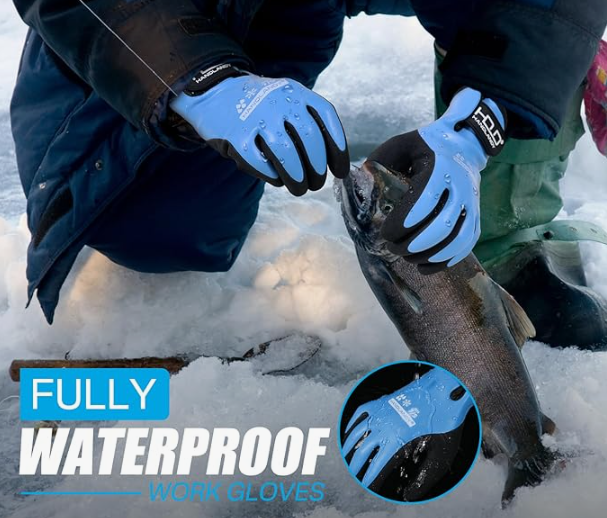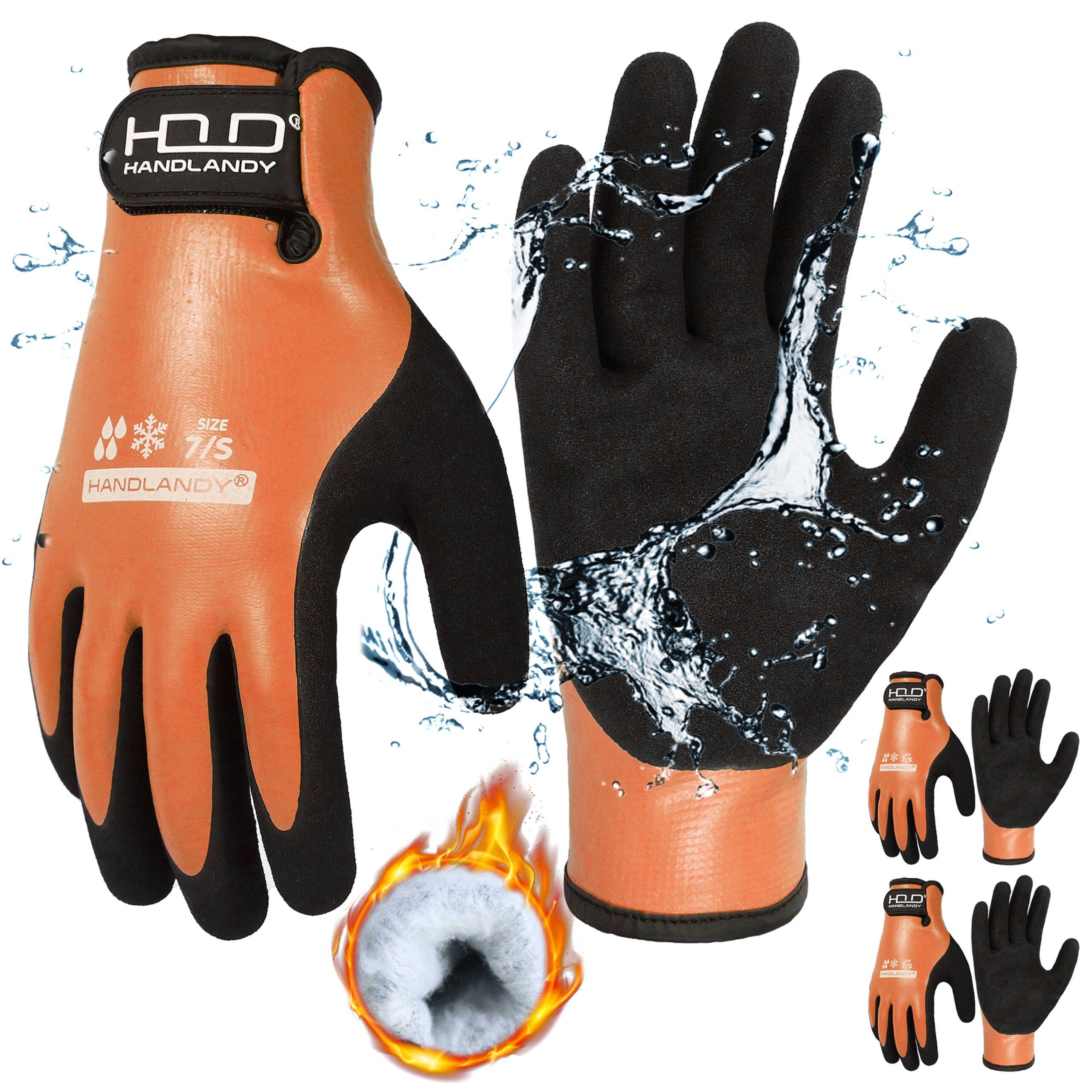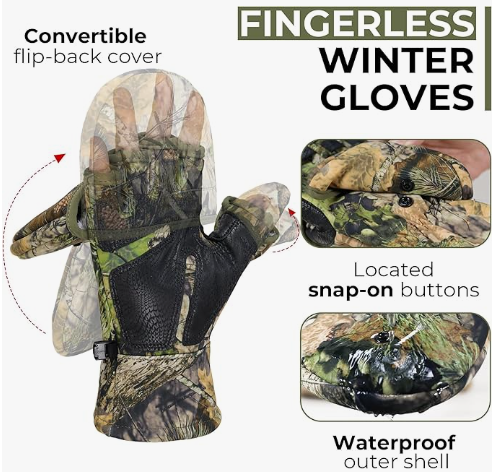If you’re selling gloves in the U.S., you must follow specific safety regulations to ensure compliance and product reliability. These standards vary depending on the glove’s purpose, such as industrial, medical, or general use.
1. OSHA Regulations for Workplace Gloves
The Occupational Safety and Health Administration (OSHA) requires employers to provide proper hand protection against workplace hazards like chemicals, cuts, punctures, and burns. Gloves used in workplaces must meet ANSI/ISEA 105 standards to ensure sufficient protection.
2. ANSI/ISEA 105: Safety Ratings for Gloves
The ANSI/ISEA 105 standard classifies gloves based on key performance factors such as:
- Cut resistance (Levels A1-A9)
- Puncture resistance (Levels 1-5)
- Abrasion resistance (Levels 0-6)
This helps businesses choose gloves with the right protection level for their workers.
3. FDA Regulations for Medical Gloves
If you’re selling medical gloves (like surgical or exam gloves), they must comply with FDA 21 CFR 880.6250. The FDA requires:
- A 510(k) premarket notification for medical gloves.
- Compliance with biocompatibility and durability tests.
- Bans on powdered gloves due to health risks.
4. EN388 Standard for Mechanical Risks
Gloves used for mechanical protection (like impact or cut-resistant gloves) must meet EN388 ratings, which evaluate resistance to:
- Abrasion
- Blade cuts
- Tearing
- Punctures
- Impact resistance (for gloves with impact protection)
5. Flammable Fabrics Act (FFA) for Heat-Resistant Gloves
For fire-resistant gloves, the Flammable Fabrics Act (FFA) regulates their flammability. Some work gloves require NFPA (National Fire Protection Association) certification if they are used in extreme heat environments.
6. Labeling Requirements
Gloves sold in the U.S. must include:
- Manufacturer name
- Country of origin
- Material composition
- Size and usage instructions
Accurate labeling ensures transparency and compliance with U.S. regulations.
Conclusion
To sell gloves legally in the U.S., they must meet OSHA, ANSI/ISEA 105, FDA, and EN388 standards. Specific requirements depend on the glove type, whether industrial, medical, or heat-resistant. Ensuring compliance helps avoid legal risks and improves customer trust.
By following these guidelines, you can confidently sell gloves that meet safety standards while protecting workers and users.








